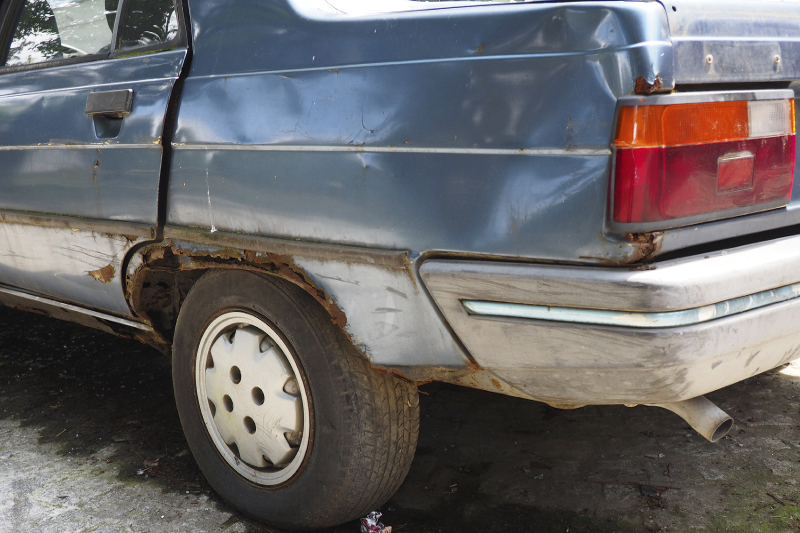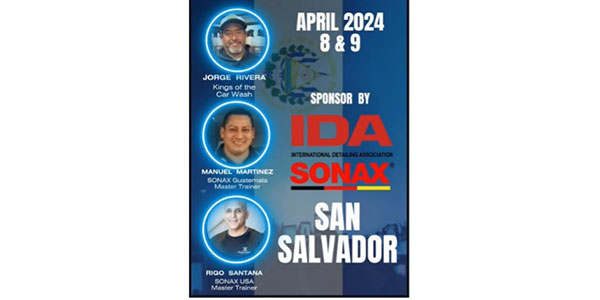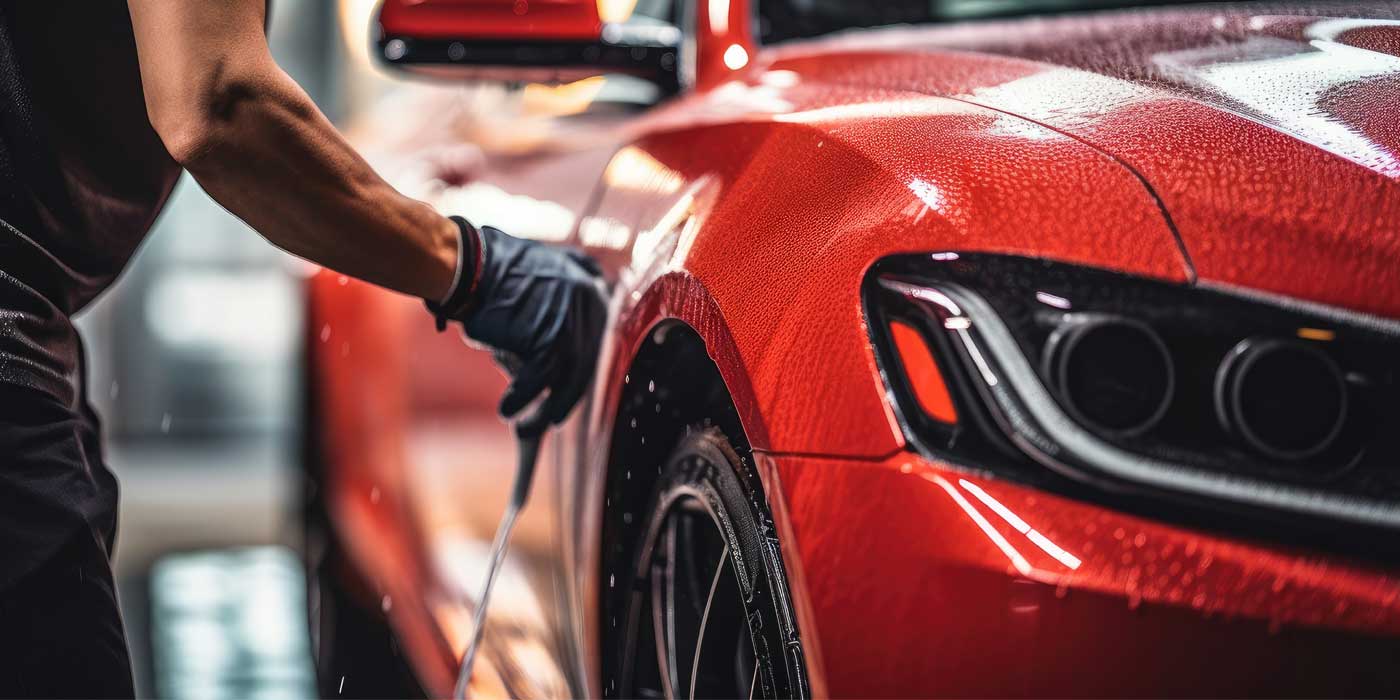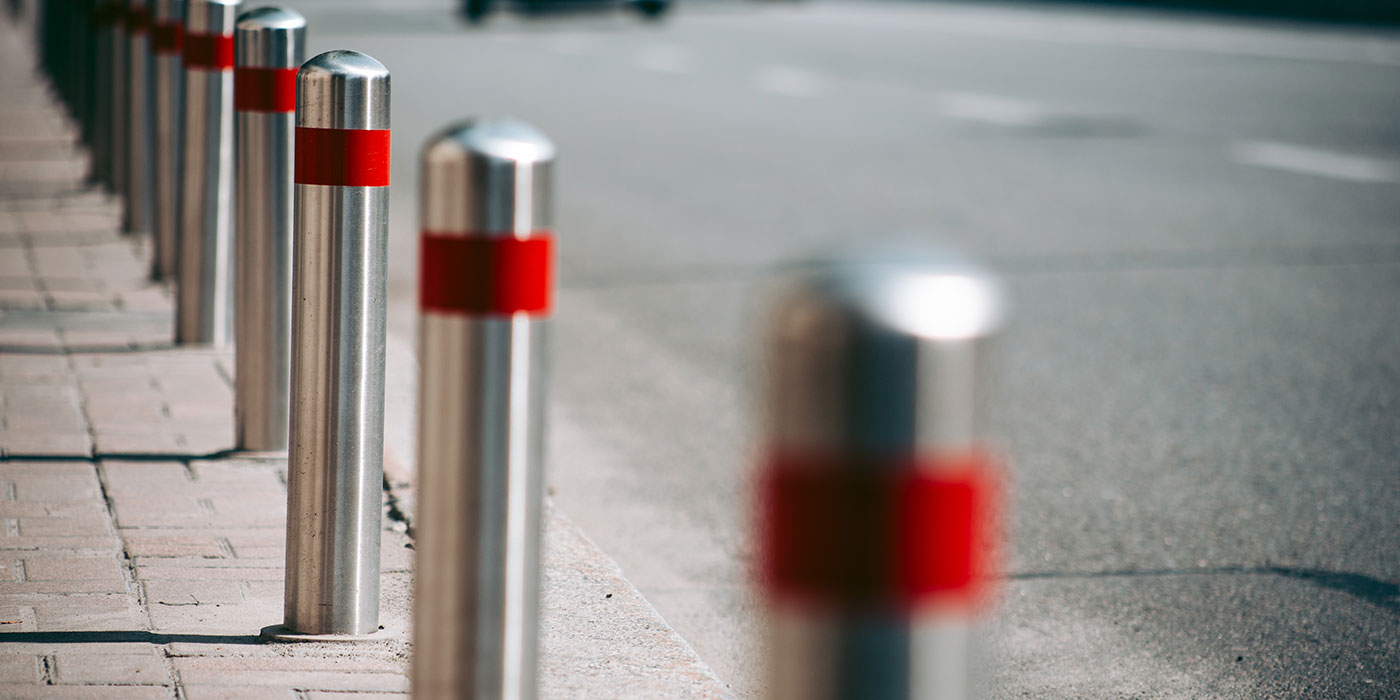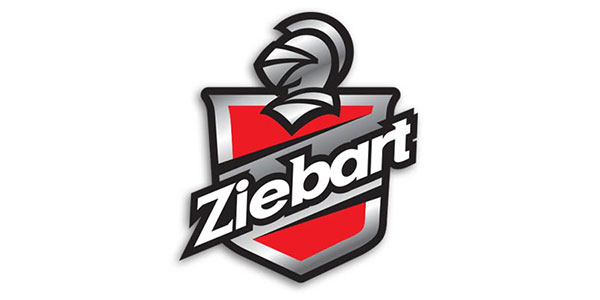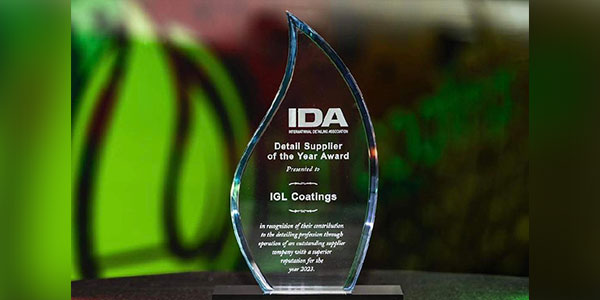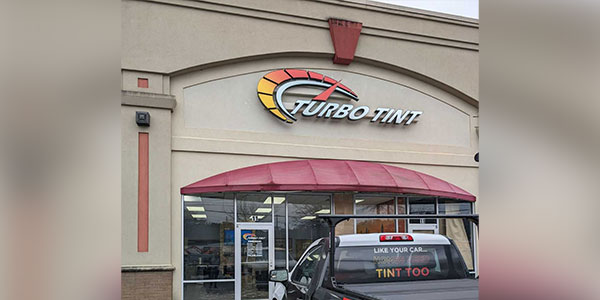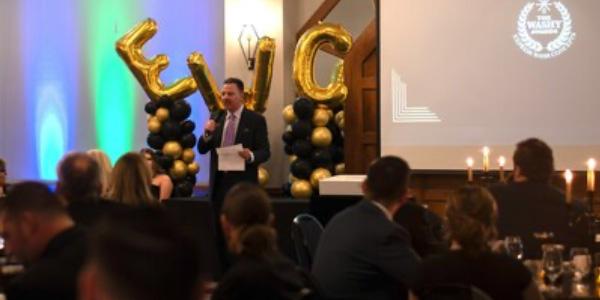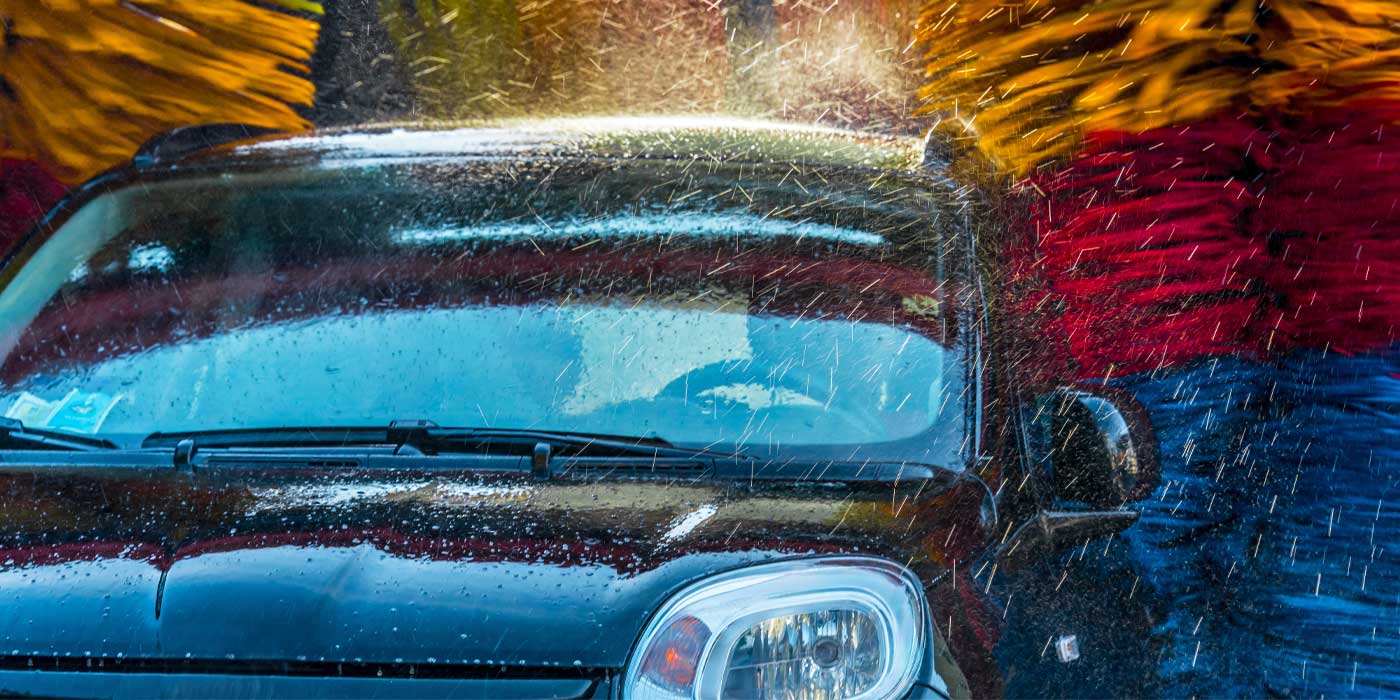Owning an automobile comes with an unpleasant reality known as rust. This corrosion is obviously an eyesore, but can also lead to serious damage. It is important to educate customers on how rust is formed as well as the vehicle’s areas that are more prone to it and the types of climates where it thrives. Recognizing some typical warning signs of rust is vital because almost any car owner can repair a small spot on his or her own.
What causes corrosion?
Scientifically speaking, corrosion involves an anode, cathode and electrolytes. In a nutshell, corrosion is the breaking down of materials due to a chemical reaction within the environment. This is a process of metal oxidation. The metal element, namely iron, is oxidized into ferrous ions thus losing two of its electrons. These ferrous ions are oxidized once more turning into ferric ions within the presence of the elements of oxygen and water. Electrons are then used to deduct oxygen and ferric ions, which along with the oxygen combine to create ferric oxide. Next, the ferric oxide becomes hydrated with water resulting in the product of rust. This process of rusting is akin to the process of the electrochemical cell.
In layman’s terms, when metal is exposed to elements such as water or salt, a chemical breakdown occurs resulting in rust. Rust can appear as a small blemish, a raised paint bubble or a tiny nick in the paint. If detected early, the process can be stopped and repaired to prevent further degradation.
Climate is an important factor to consider when identifying sources of rust. Climates that are either humid or include harsh winters are more susceptible to rust. Vehicles in these areas need to take precaution with routine checks and cleaning to alleviate the increased potential of corrosion.
What part is most likely to be affected?
Although rust can appear on any exposed metal portion of a vehicle, there are certain areas more prone to harbor this crusty pest. First, be sure to inspect the entire vehicle. Pay close attention to the issue areas like the wheels, fenders, frame, chassis, engine, trunk and exhaust system.
The telltale signs of corrosion may not be noticeable without careful inspection. Such small inconsistencies as a scratch, crack or nick in the paint can be the first warning sign. It is vitally important to educate car owners on keeping the underside of their cars regularly cleaned during bad winters, because the salt from the roads is one of corrosion’s best friends.
How can rust be prevented?
Knowing the signs and where they are commonly located is the first step in rust prevention. A good routine to establish is regular carwashing. In an average climate, a good washing should be performed twice a month along with a coat of wax every two months. If salt is being used on the roads, washing should be increased to a weekly basis to ensure the excess is not taking permanent residence on a vehicle. Be sure to spray the underbelly, as this is a favorite location for salt accumulation.
Keeping the interior clean is also important. Make sure your customers know that if liquid is spilled, they must clean it quickly. Liquids can penetrate and create a breeding ground for rust. Checking carpets is important because some stains can harbor corrosive ingredients. Wipe off any metal surfaces (inside or outside) to remove any accumulation of moisture.
Another area to watch is the wheel well. These offer delightful dwellings for salt and other components that contribute to rust. Basically, make sure your customers are taking a few minutes to assess their cars for any of these warning signs and encourage routine washing to help prevent the unsightly and costly hardship of rust.
Application best practices
Proper training is needed for carwash owners and operators who do not have experience in this area of car care. The following best practices for common rust treatment should be kept in mind even for the most seasoned veterans of rust services.
Note: If working with the fender, it is advised to remove the wheel to have easier access and to the ability to assess the entire situation. This will include jacking up the car as well, so make sure to have the proper tools for the job.
The first step in removing rust is to start with a clean surface. To do this, remove the paint. Using a grinder with 120-grit sandpaper should do the trick because it is great at taking off the thick layers of vehicle paint. After the paint and primer has been removed, be sure to cover up nearby areas that you don’t want dusty. A tarp works well to take care of this.
Next, use a metal grinding wheel as it can really penetrate the area; however, be careful as this is capable of doing some unwanted damage. For the best results, work in a slow manner to achieve a nice finish. The metal grinding wheel is good for getting into pits and removing dense rust. Once you have achieved a nearly 99.9 percent rust-free surface, you are ready to move on to hand sanding. Grab a 120-grit piece of sandpaper and go to work. When finished, you should have a smooth surface.
For the next step, use some car soap and water to wash and remove any little debris left from sanding. A bare metal primer comes next. Follow the manufacturer’s instructions and let dry. Once dry, use a 400-grit piece of wet sandpaper and go over the sanded area. Wipe clean when finished and use newspapers and durable tape that is safe to place on a vehicle’s surface to tape off roughly a three-foot radius from the affected area.
Now it’s time to really prime and paint. The key to a great finish when it comes to painting a car is layers. Applying thin, even coats and allowing plenty of time to dry between coats is a must. Start with an auto spray paint that most closely matches the car’s color. Evenly spray the area with three coats of primer. For the primer, it is recommended to wait two minutes before applying the next coat. Allow the primer to dry overnight. Once morning arrives, apply an even and thinner coat of paint. It needs to be thinner to prevent running and sagging. This time, you will need five coats. Don’t remove the tape until the paint has had 24 hours to dry. An optional next step would be to apply a clear coat to give it a fresh, new finish. If you choose this step, be sure to lightly buff the edges once it dries to seamlessly blend in the new paint.
Finally, it’s time to give the rust-free car a nice bath. Wash and wax the ride after the paint has had 48 hours to completely dry.
Conclusion
Knowing the triggers and warning signs of rust is a must for car owners. Encourage your customers to routinely inspect their vehicles and wash/wax to keep them free of corrosion.
Matthew Young is an automotive freelance journalist from Boston, Massachusetts. As a freelance writer and car enthusiast, Young enjoys exploring and writing about anything automotive related.

